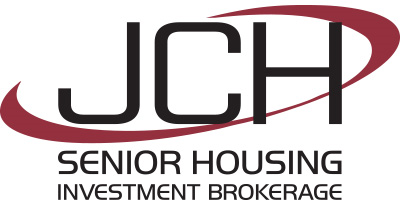As we reflect on the past year, 2023 presented a landscape of cautious optimism within the senior housing industry. The fundamental need for senior housing remains as strong as ever, but the prevailing lending environment posed notable challenges.
Lenders, while armed with substantial capital, approached lending with a sense of caution. A prerequisite for a 1.2 debt coverage ratio became a standard criterion, allowing loans on a wide range of properties. Some lenders even indicated flexibility with a 1.0 coverage ratio under ideal circumstances. However, they remained steadfast in their reluctance to base decisions solely on enthusiasm, pro formas, or aspirational narratives. For newcomers to the industry, securing a loan proved to be a formidable task.
The landscape of new construction appeared to be at a near standstill, despite a handful of projects in progress. Encouragingly, there was only modest upward pressure on capitalization rates. However, a significant challenge emerged as operators faced accelerating expenses outpacing revenue growth. For many operators, the net operating income (NOI) dwindled compared to previous years, thereby affecting the overall property value.
An imperative challenge for the industry is the necessity to balance operating revenue and expenses more effectively. Several states, exemplified by California, experienced drastic increases in minimum wage without corresponding adjustments in reimbursement. This discrepancy places operators in a tight spot, grappling with rising costs without commensurate financial support.
In one instance, an operator expressed concerns about potential resident exodus if rates were increased. However, it was emphasized that maintaining the status quo could jeopardize the viability of the business, ultimately impacting the well-being of residents. In such a dynamic environment, tough decisions become a necessity for the sustained health of senior housing facilities.
As we move forward, addressing these challenges collectively as an industry becomes paramount. Striking a balance between financial sustainability and resident well-being will undoubtedly define the future success of senior housing in the years to come.
